Tags
Related Posts
Share This
Women’s March
It is snowing when the march begins. Among the crowd it is impossible to see the number of women, men and children holding signs and wearing pink, cat-eared hats. An older woman’s sign reads, “This pissed off grandma is not going back to the 50s.”
On Jan. 20, 2017, Donald Trump was inaugurated as President of the United States. On Jan. 21, 2017, more than three million people took to the streets on every continent in the world to protest Trump’s political agenda, which directly threatens the rights of women and other marginalized groups. In Santa Fe, between 10,000 and 15,000 people reportedly attended a mile-long march through downtown, congregating at the New Mexico State Capitol for a passionate rally.
Janet Gotkin, a member of the Santa Fe chapter of the National Organization of Women, was one of many who spoke to the crowd in defense of women’s rights. Gotkin has been an activist for most of her adult life and focuses her attention on reproductive justice. “Maybe three months ago we felt we were going to sit back and other people were going to do the work,” Gotkin tells Jackalope Magazine, “but that’s not acceptable anymore.”
Thanks to representatives from Planned Parenthood, the Santa Fe Dreamers project, Tewa Women United and more, the rally was the perfect opportunity for local residents to get in touch with a variety of advocate groups and coalitions that serve feminism, LGBT rights, racial equality and more. “There are issues that connect us,” Gotkin says. She describes the individual groups as segments of a much larger whole.
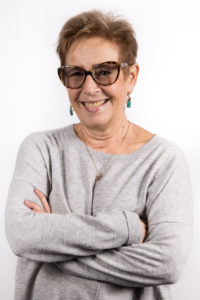
Janet Gotkin spoke on behalf of national organization of women of Santa Fe.
Gotkin believes that the women of the world have finished grieving the loss of the election and have proven that they are ready to remind the American government and the American people that they won’t be ignored. The march on Santa Fe was not only attended by women but by many marginalized groups that have endured decades of right-wing aggression. “There isn’t a gay rights movement separate from feminism,” Gotkin says, “separate from indigenous peoples rights, from Black Rights Matter.”
Lindsay Conover, the organizer of the Women’s March on Washington in Santa Fe, began the rally, speaking to a crowd wedged shoulder to shoulder while thousands still marched around the Plaza. Conover described the march as the result of political rhetoric striking a collective nerve. “We will not normalize homophobia, xenophobia, racism, elitism, inequality, violence [or] environmental degradation” to a cheering crowd.
The crowd had skin of every color. Dogs wearing pink vests trotted alongside their owners. Children held signs with finger-painted depictions of the Earth demanding peace. One protest sign had no words, only a depiction of Munira Ahmed, a 32-year-old Muslim woman wearing the American flag as a hijab as an act of protest. The march was the inevitable coming-together of injustices, with people tearing through the streets, chanting, “Diversity, not division.” like meditations or prayers.
“If we are not in this together then we are a splintered group,” Gotkin says. “There is no equality without justice and there is no justice unless there is justice across the spectrum.”







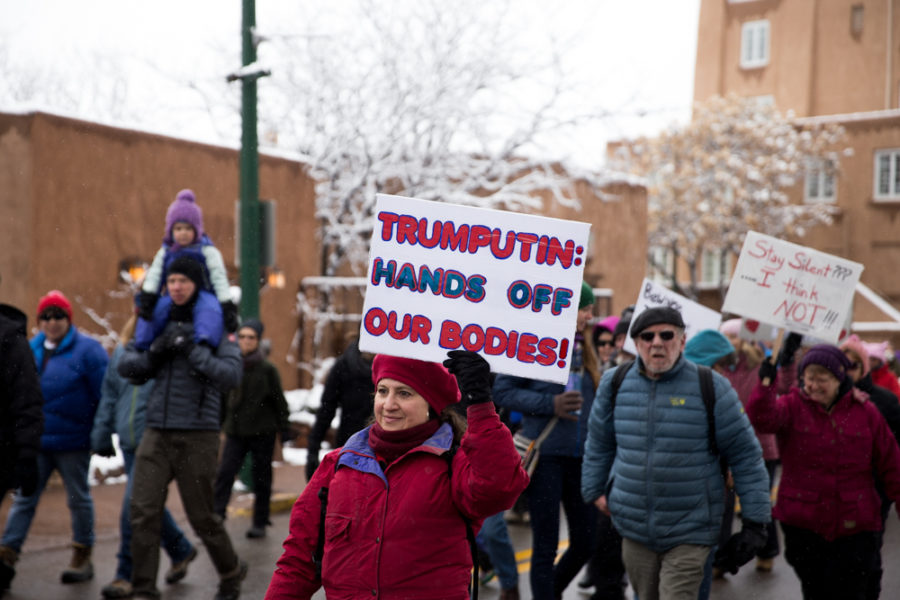
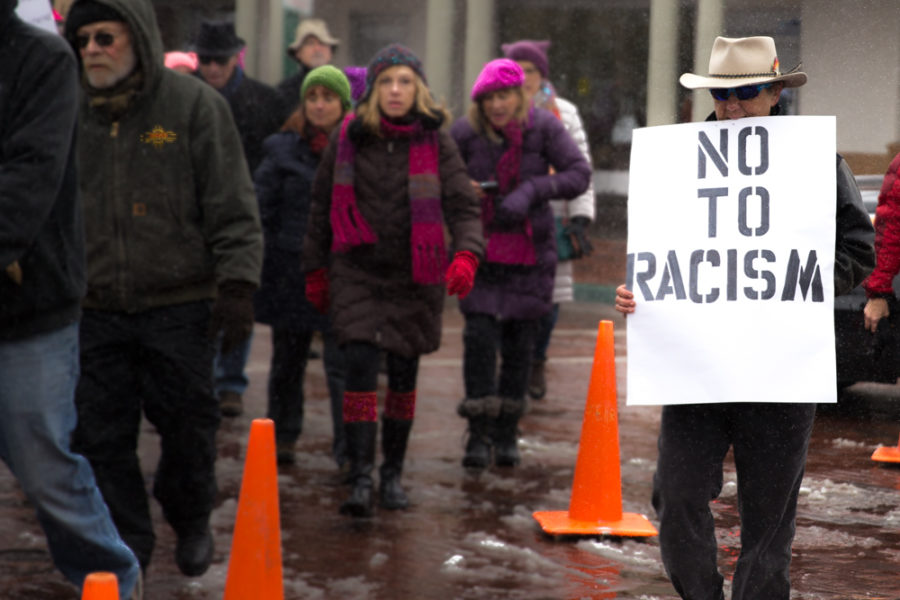
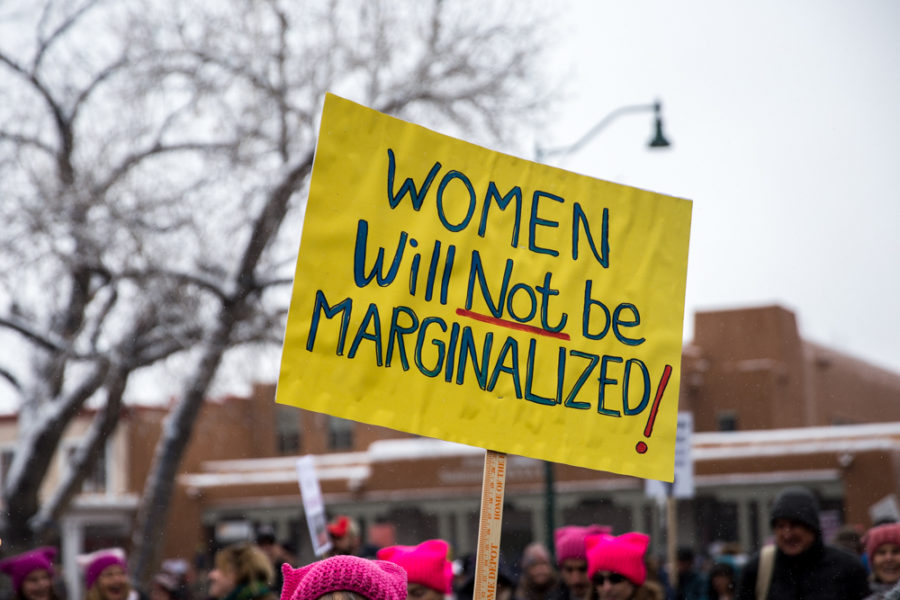

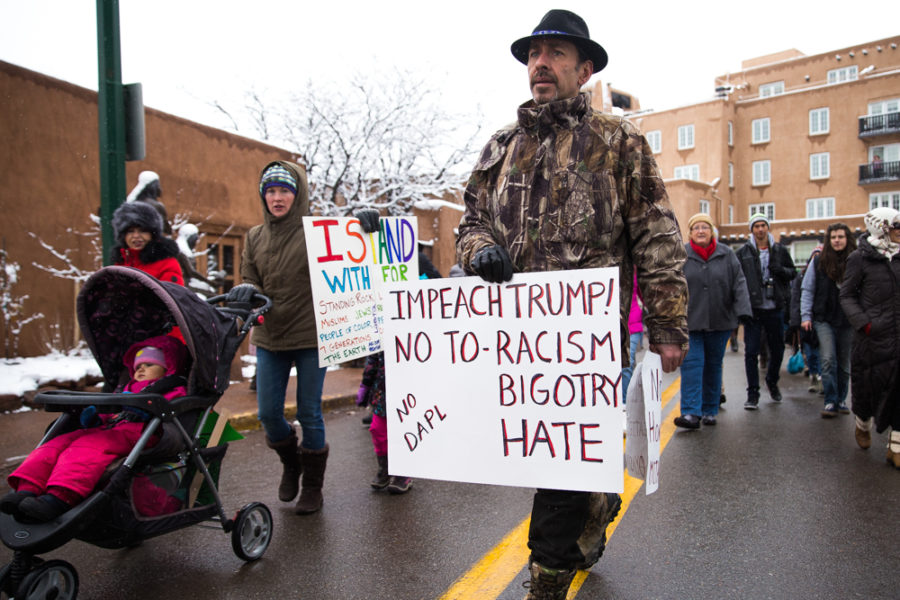
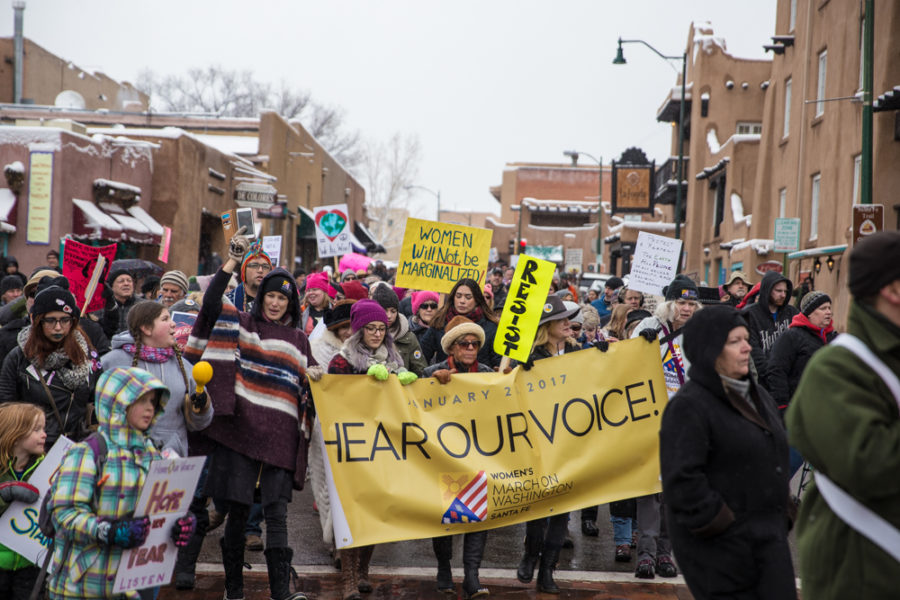
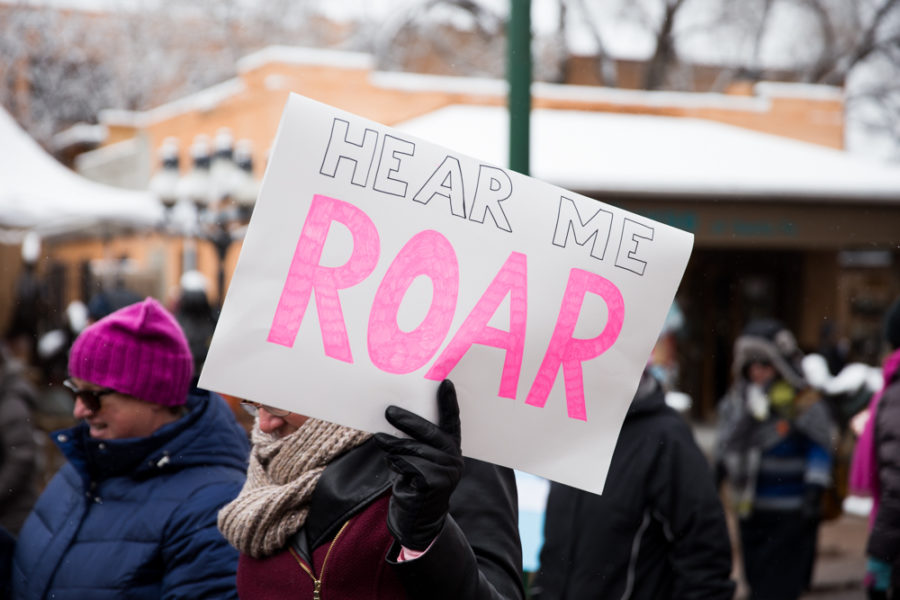

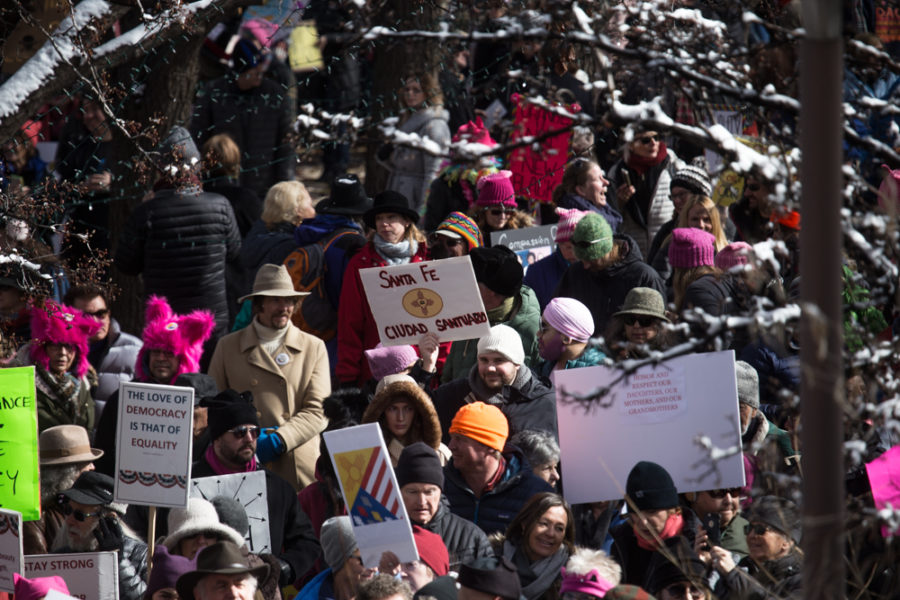
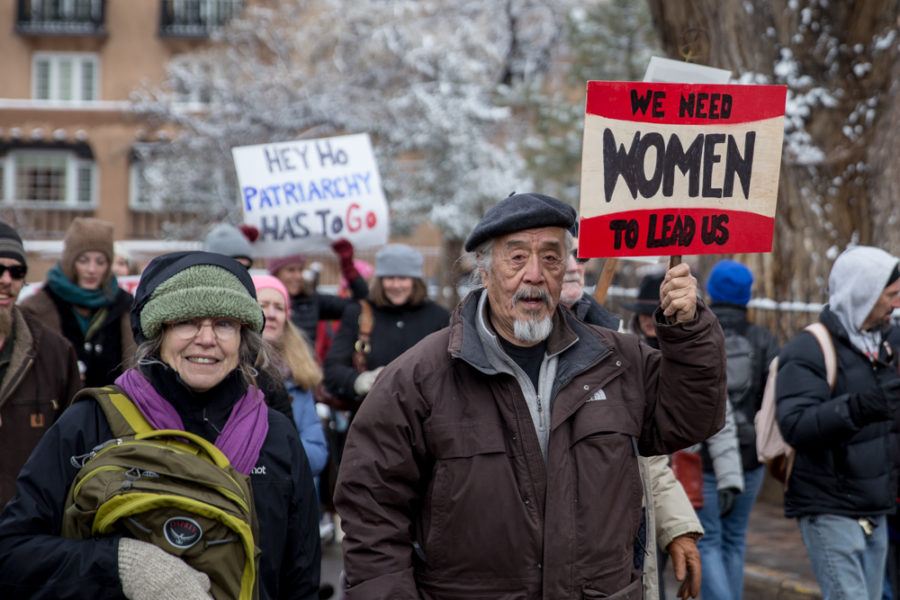
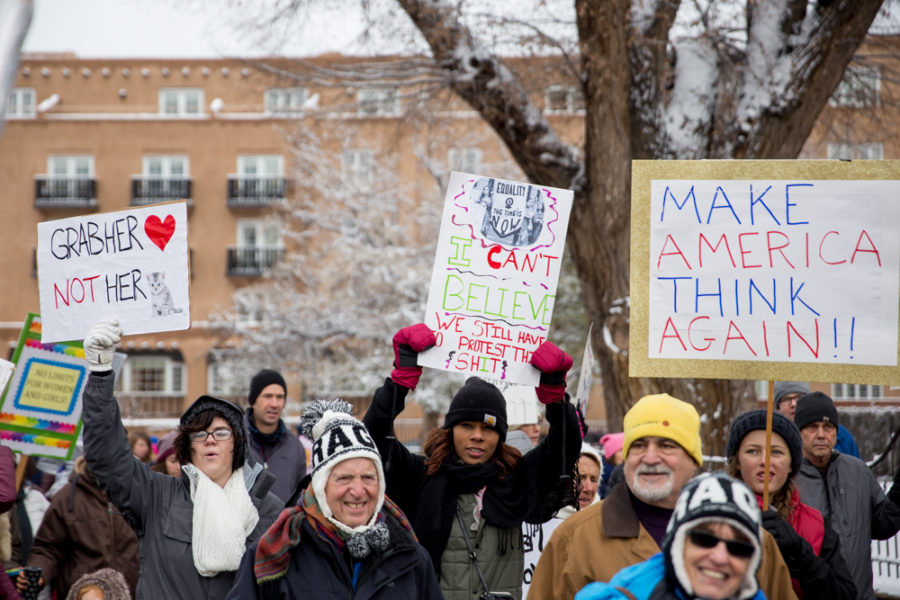
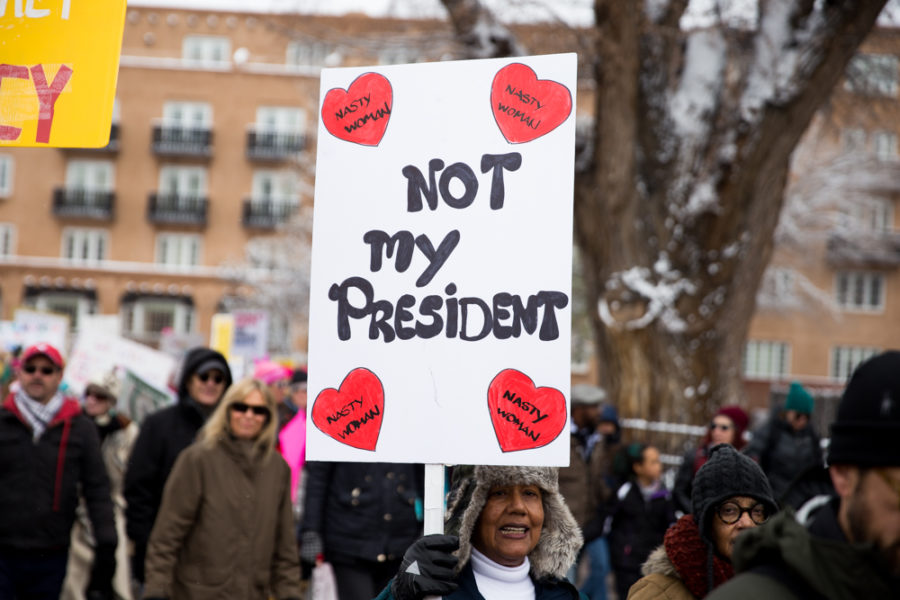
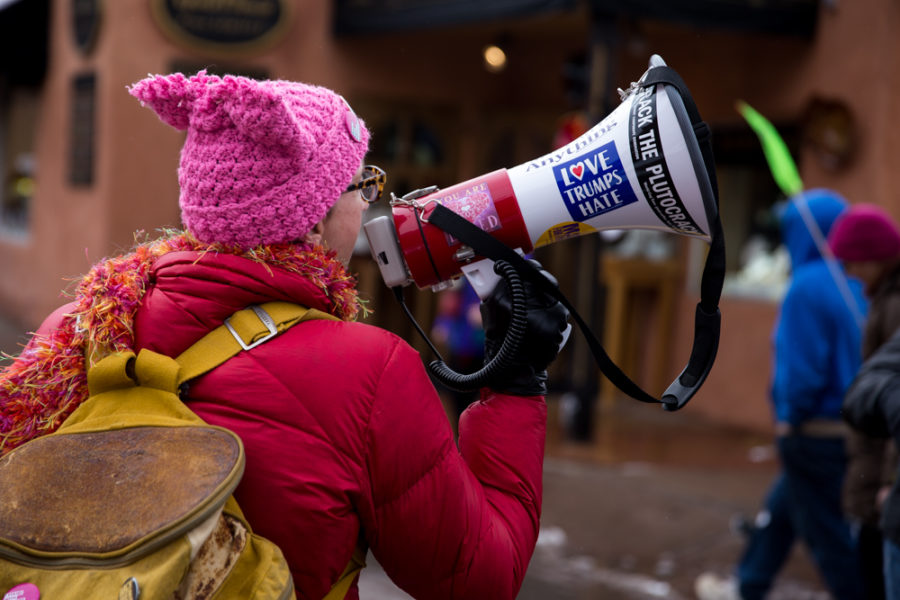
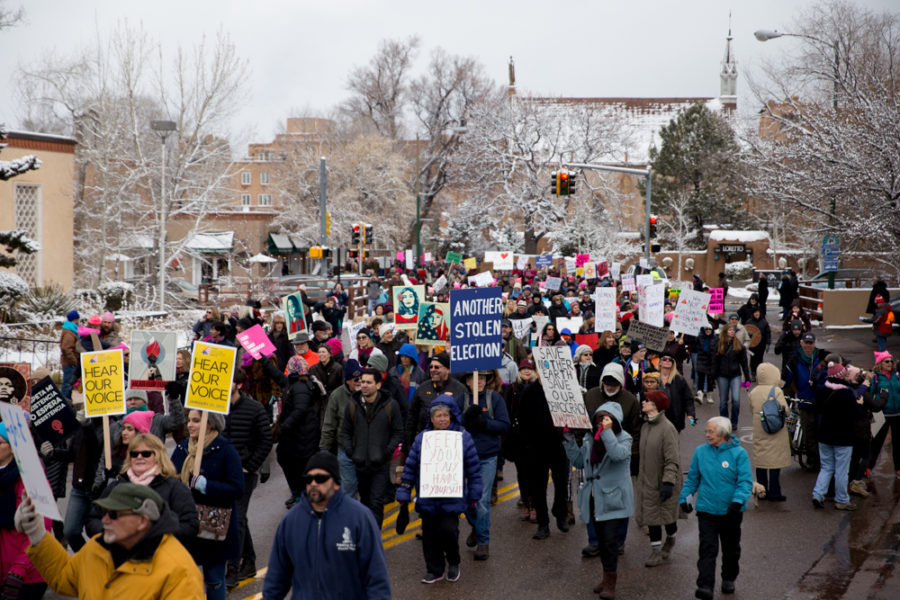
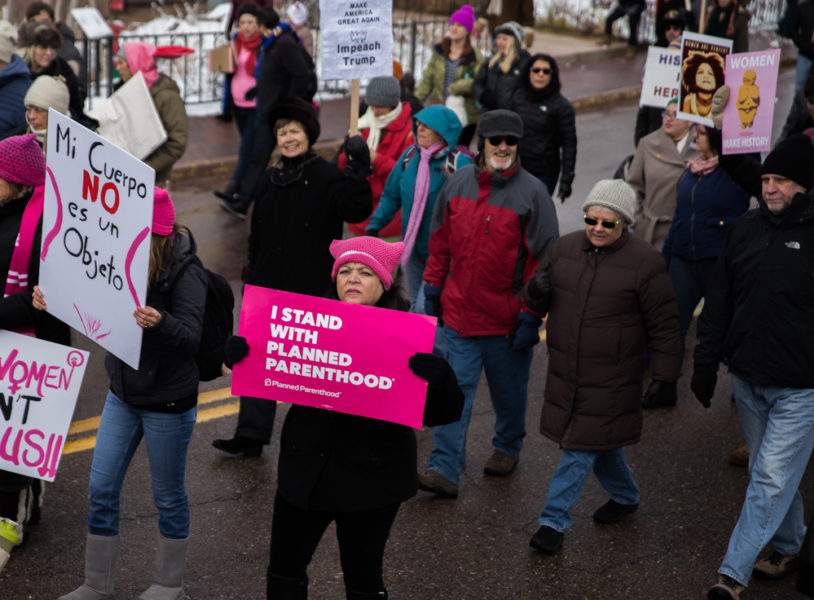
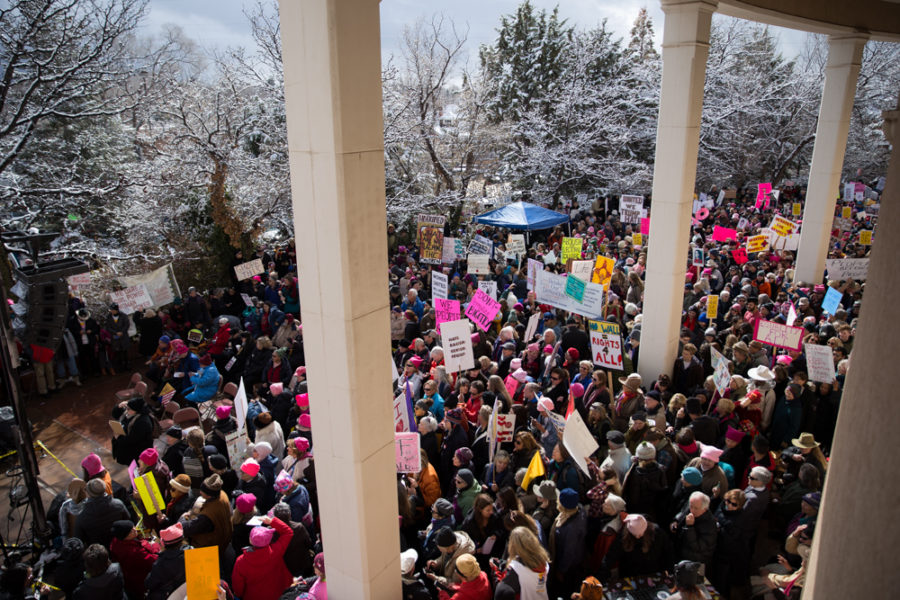
 Jackalope Magazine is the student magazine of Santa Fe University of Art and Design. Building on the interdisciplinary nature of our education, we aim to showcase the talent of our university and character of our city.
Jackalope Magazine is the student magazine of Santa Fe University of Art and Design. Building on the interdisciplinary nature of our education, we aim to showcase the talent of our university and character of our city.
0 Comments
Trackbacks/Pingbacks